The restoration of the Chapel of St. Aquilinus in the Basilica of San Lorenzo Maggiore in Milan, the most significant evidence of Roman and early Christian Milan for its gallery paintings, its precious mosaics, and its architecture, has been completed. The restoration, supervised and supported by Antonella Ranaldi, Superintendent of Archaeology, Fine Arts and Landscape of Milan, under the design and direction of architect Giorgio Ripa, involved the conservative restoration of the structure, the cleaning of the mosaics and frescoes, and the new lighting system. The work was promoted by the parish of San Lorenzo Maggiore in collaboration with the Soprintendenza Archeologia, belle arti e paesaggio for the Metropolitan City of Milan, with contributions from the Fondazione Cariplo, the Fondazione Banca del Monte di Lombardia, the Lombardy Region, TMC Pubblicità and offerings from the San Lorenzo community.
The Chapel, formerly an imperial mausoleum, then dedicated to St. Genesius, is named after St. Aquilinus, an 11th-century priest and martyr, whose body is in the rock crystal and silver urn placed by the altar. The hall of St. Aquilinus, preceded by an atrium, is octagonal in shape, has alternating semicircular and rectangular niches, and is covered by a domed umbrella vault. The value of the structure also lies in the fact that the construction is the original one of the ancient mausoleum, which was erected between the end of the 4th and the first half of the 5th century AD, and which was possibly desired, according to what has been handed down by medieval sources, by Queen Galla Placidia, daughter of Emperor Theodosius, sister of Honorius, and mother of Valentinian III (one is reminded of the mausoleum erected in her honor in Ravenna after 425: it is one of the most important monuments of early Christian art). The Milanese chapel extraordinarily preserves its structures, architecture, and even the fragments of the valuable decorative mosaic decorations that, together with the marble coverings and stained glass, entirely covered both walls and vaults.
In the basements, which can be accessed by a staircase behind the altar, one can see the foundation slab, formed by the salvaged blocks from the nearby Roman amphitheater, which was largely dismantled precisely to build the great basilica of St. Lawrence with its adjoining shrines of St. Hippolytus and St. Aquilinus.
The restoration, which was preceded by a careful analysis of the state of the sites and the various critical issues, involved a preliminary restoration of some portions of the roofing and interior plasterwork of St. Lawrence and the chapel of St. Aquilinus by dehumidifying the masonry and eliminating the causes of infiltration. Restorers then intervened on more than 1,400 square meters of plastered surfaces by manually removing layers of color, signs of infiltration, stains, dirt, and deposits, restoring new colors by glazing with lime water. Much of the project focused on the restoration of the mosaics, supervised by Claudia Tedeschi. These are masterpieces that anciently decorated the four walls of the chapel atrium, depicting the heavenly Jerusalem. The portions that have been preserved have made it possible to reconstruct the organization of the entire mosaic cycle, distributed over two registers, with life-size figures of Israel’s patriarchs, apostles and martyrs, each framed by gilded pillars studded with gems.
In the upper register of the atrium, above the entrance, six inscriptions preserve the names of the apostles John, Philip, Bartholomew, Matthew, James, and Judas, whose feet and lower flaps of garments remain on a gold background. In the octagonal hall, the niches and the upper portion of the walls were also occupied by a mosaic cycle, but it has been fragmentarily preserved: only two scenes remain in the basins of the semicircular niches. Observing the mosaics closely, scholars have been able to recognize several hands, as in the niche basin on the right in which several masters can be distinguished.
In parallel with the restoration (which in addition to restoring legibility to the chapel will also have the effect of enhancing it) the almost illegible frescoes of the two apsidal basins located under the mosaics were brought to light, as well as well as the fresco behind the urn of St. Aquilinus depicting the discovery of the Saint’s remains, and the dome with its stucco decorations and depictions of the evangelists and Church fathers, both from the late 16th century, almost totally covered by deposits and efflorescence, have been made visible. The Roman marble portal also underwent restoration, with the removal of patinas and resins, giving new light and proportion to the atrium, reopening the plugged windows, located at the top, on the two walls of the vestibule. The work was then completed with the installation of a new lighting system, for which Artemide’s contribution was important, with specific technologies aimed at enhancing and perceiving the unprecedented architectural volume, mosaics, frescoes and stuccoes.
The restorations in the basilica of San Lorenzo Maggiore do not stop here: in fact, the works in the chapel of St. Aquilinus represent only the start of a unified project involving the entire basilica, one of the most precious ancient monuments of the city of Milan. Below are some images of the restored rooms: all photographs were taken by Maurizio Montagna.
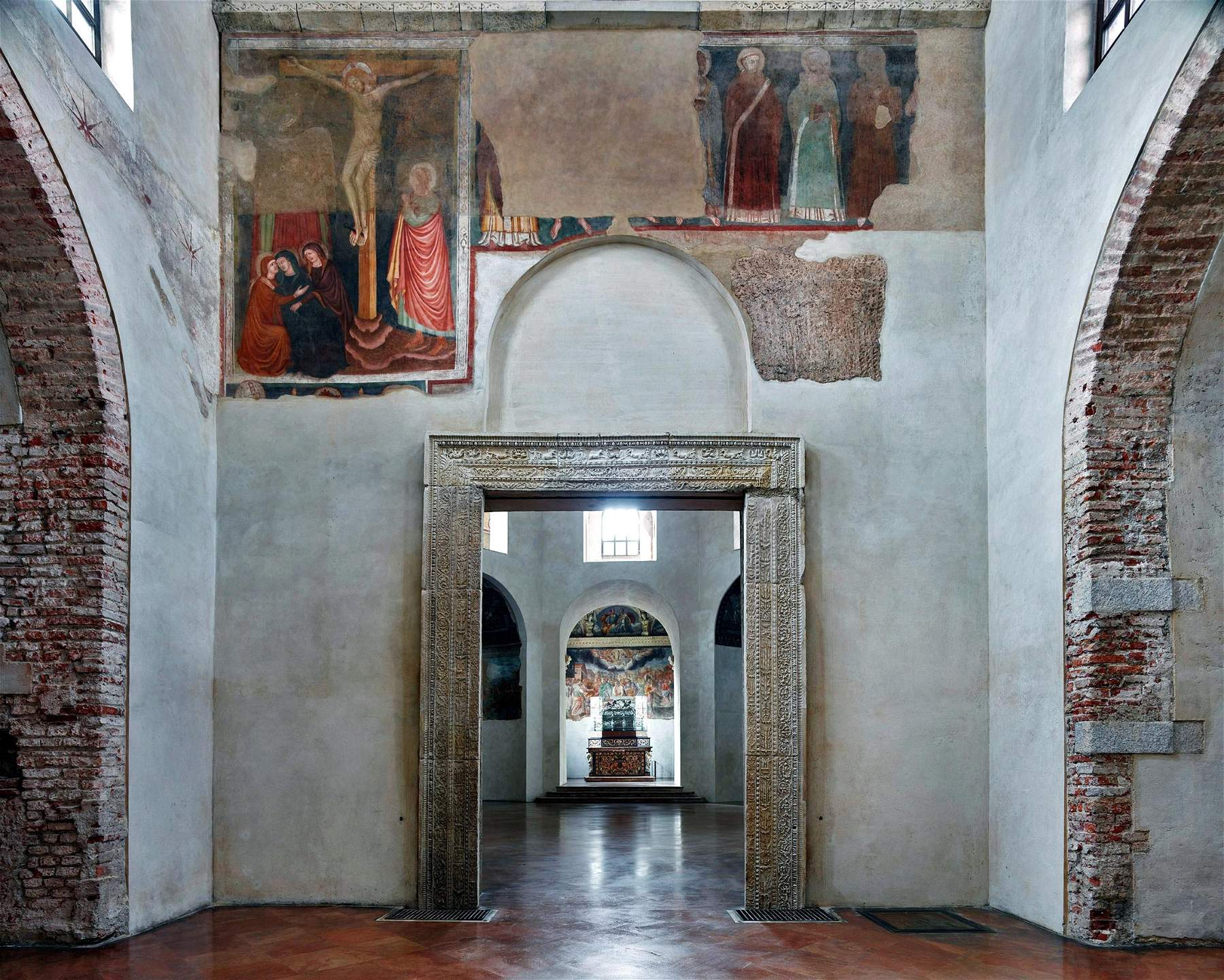 |
| The atrium of the chapel |
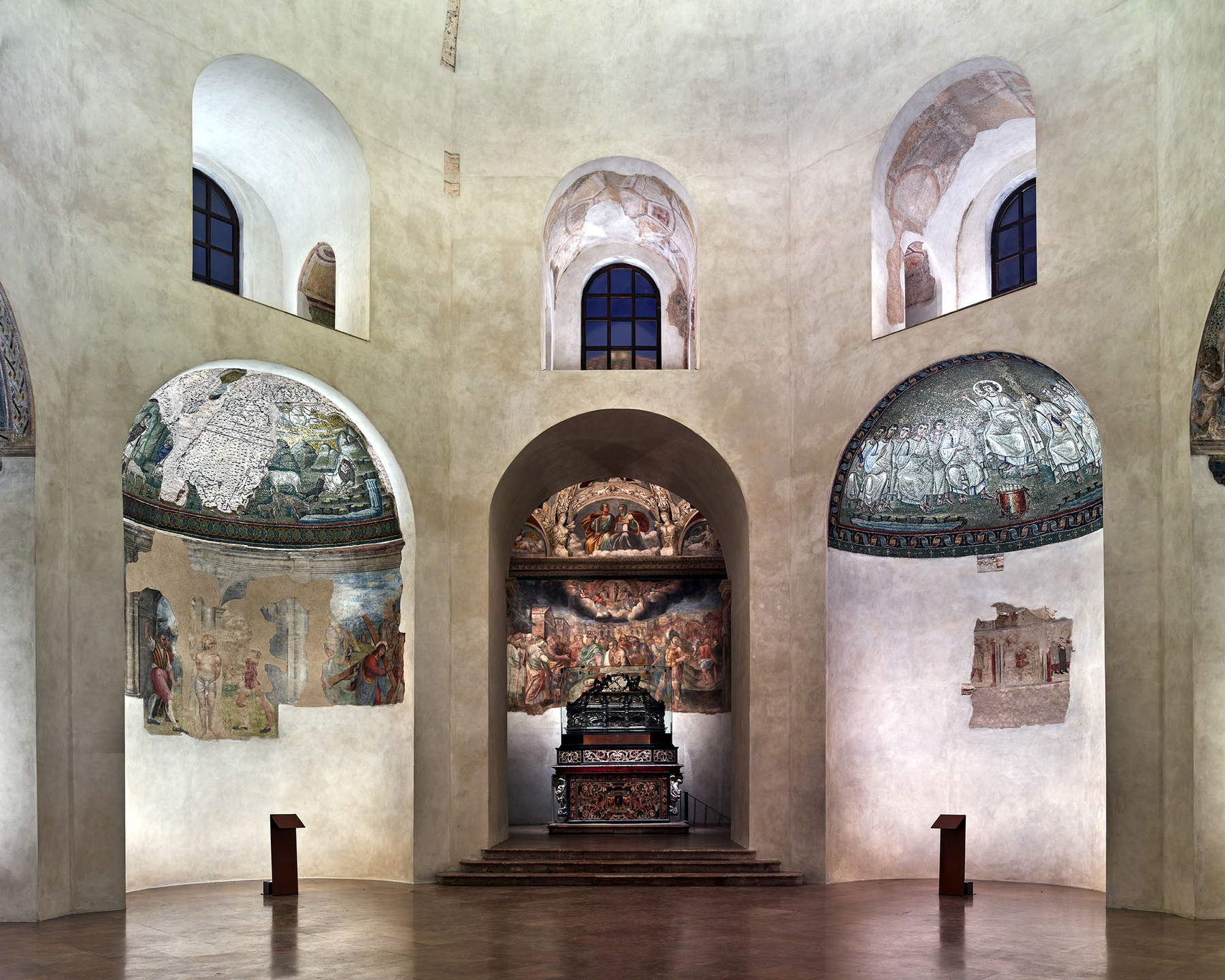 |
| The octagonal hall |
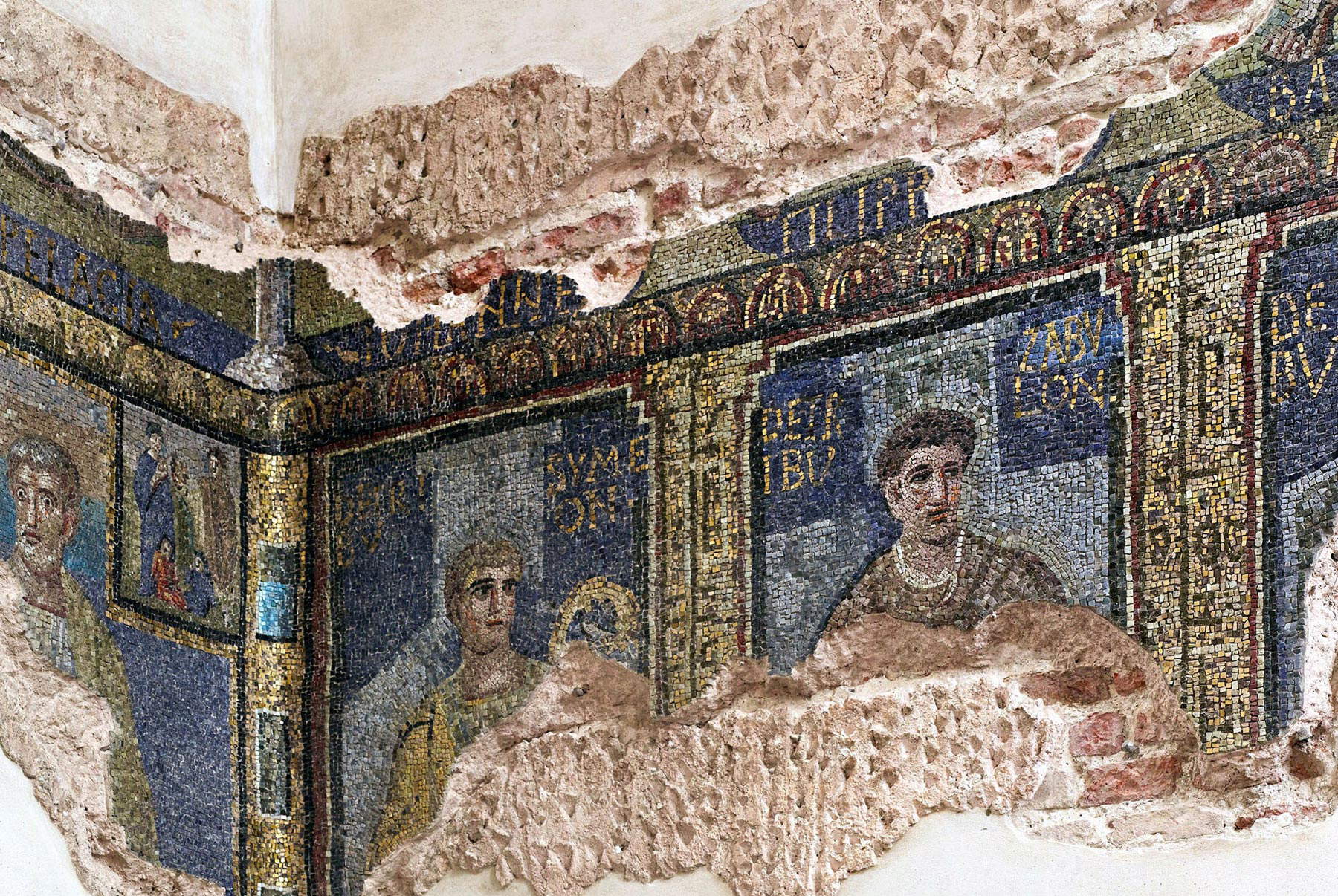 |
| Mosaics of the atrium |
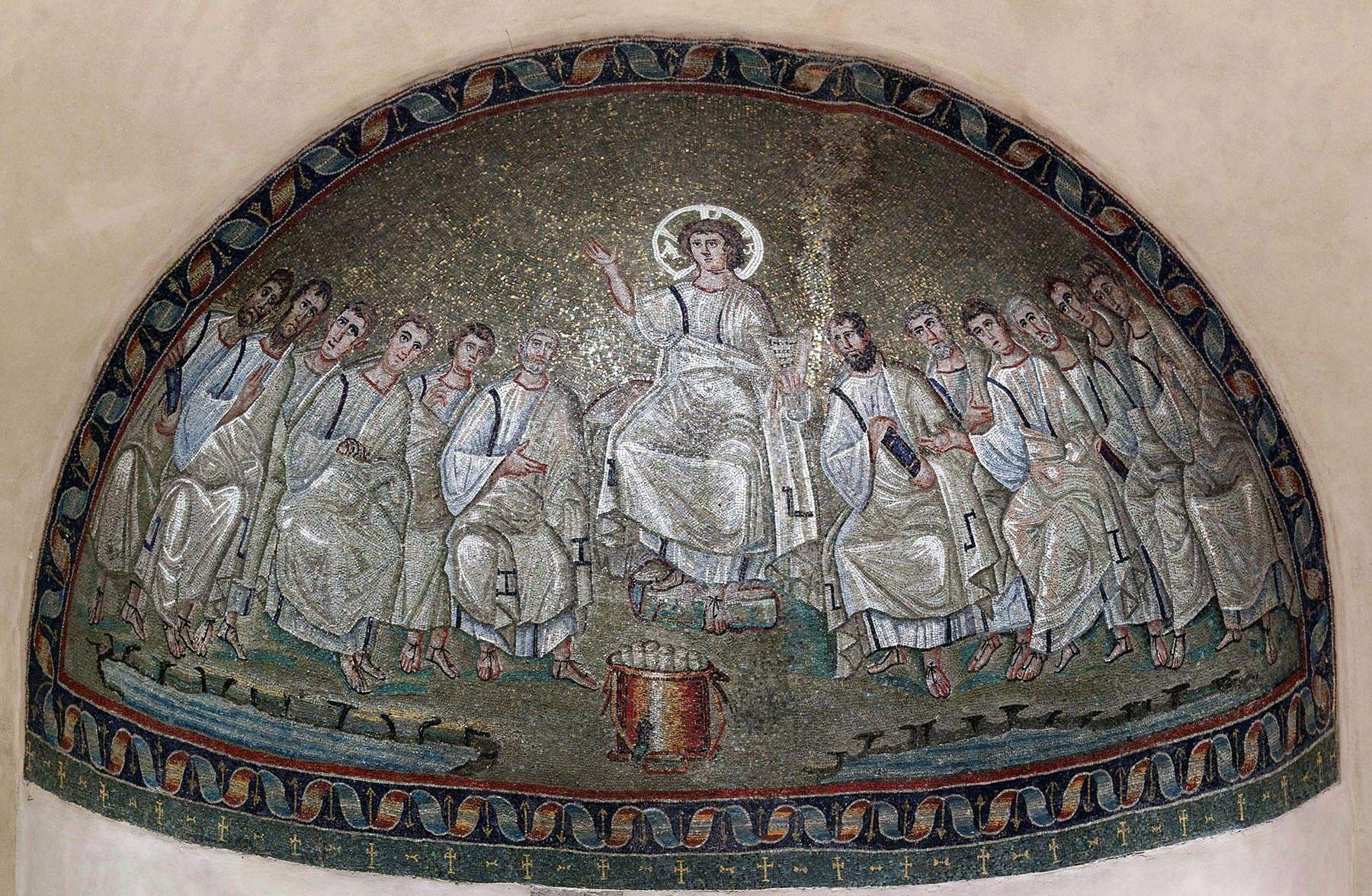 |
| The right basin, mosaic of Christ Magister |
 |
| The left basin, mosaic of Christ Elios |
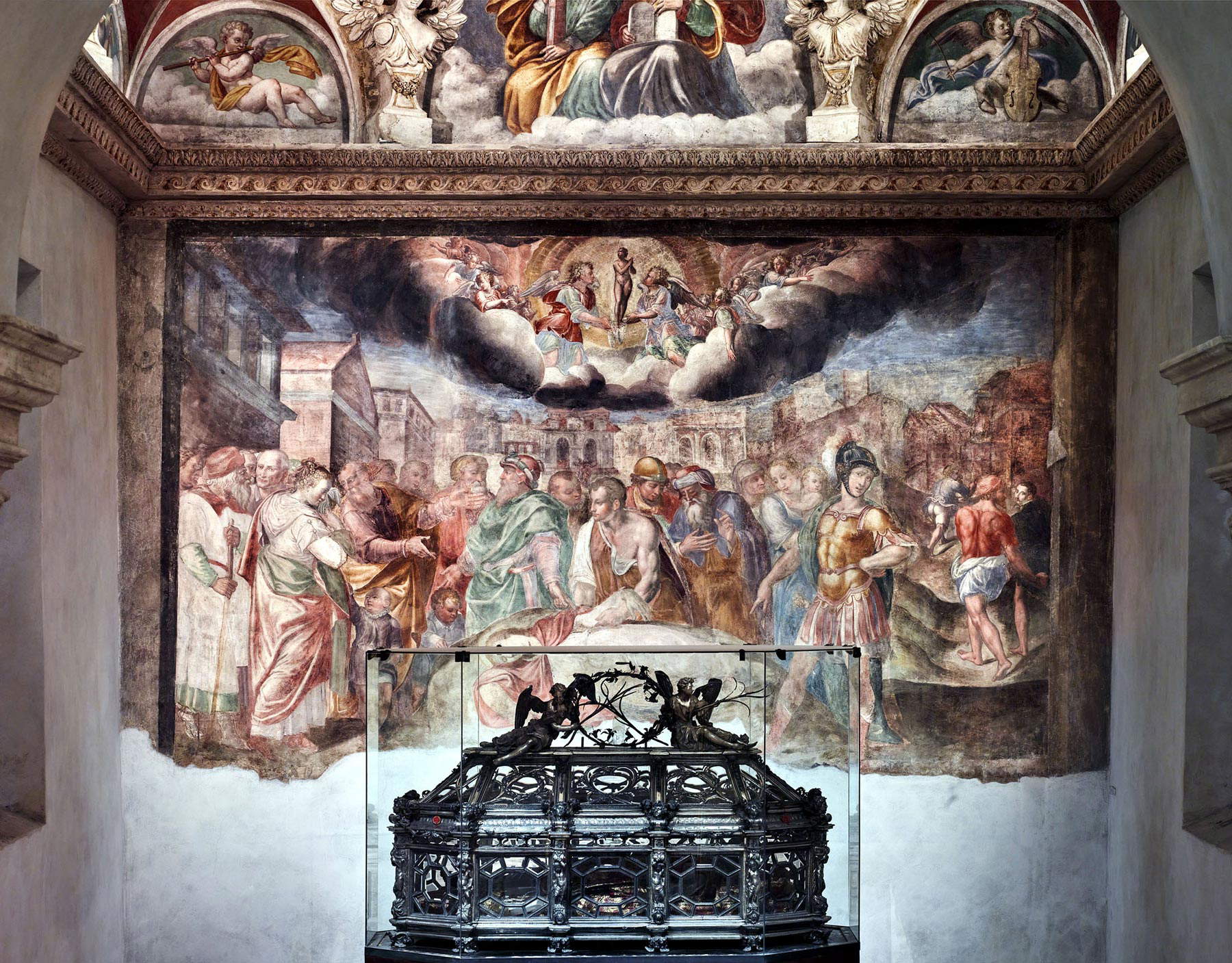 |
| The urn of Saint Aquilinus |
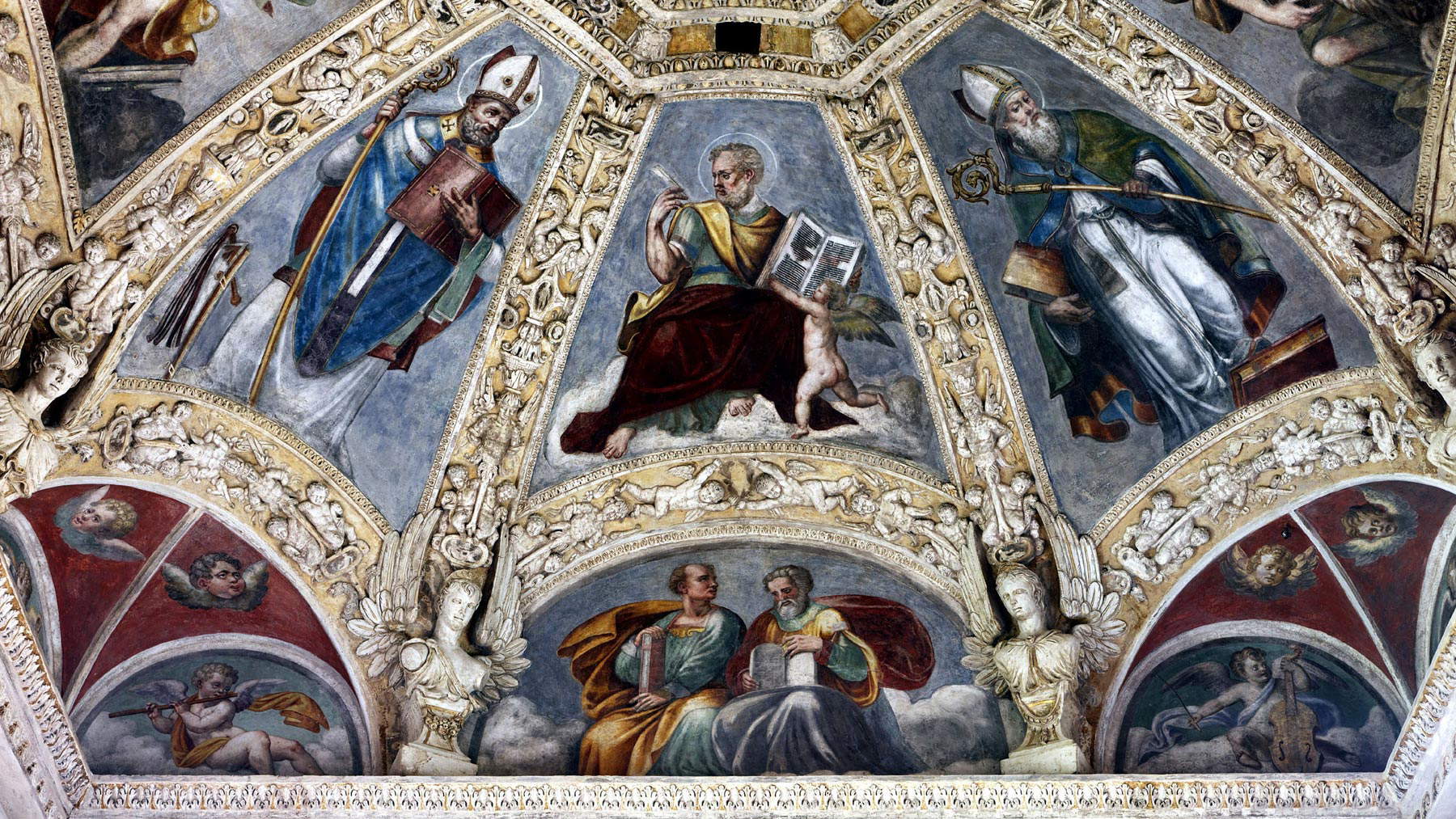 |
| The vault of the chapel |
 |
| Milan, the beautiful Chapel of St. Aquilino is back on view: restoration finished |
Warning: the translation into English of the original Italian article was created using automatic tools. We undertake to review all articles, but we do not guarantee the total absence of inaccuracies in the translation due to the program. You can find the original by clicking on the ITA button. If you find any mistake,please contact us.